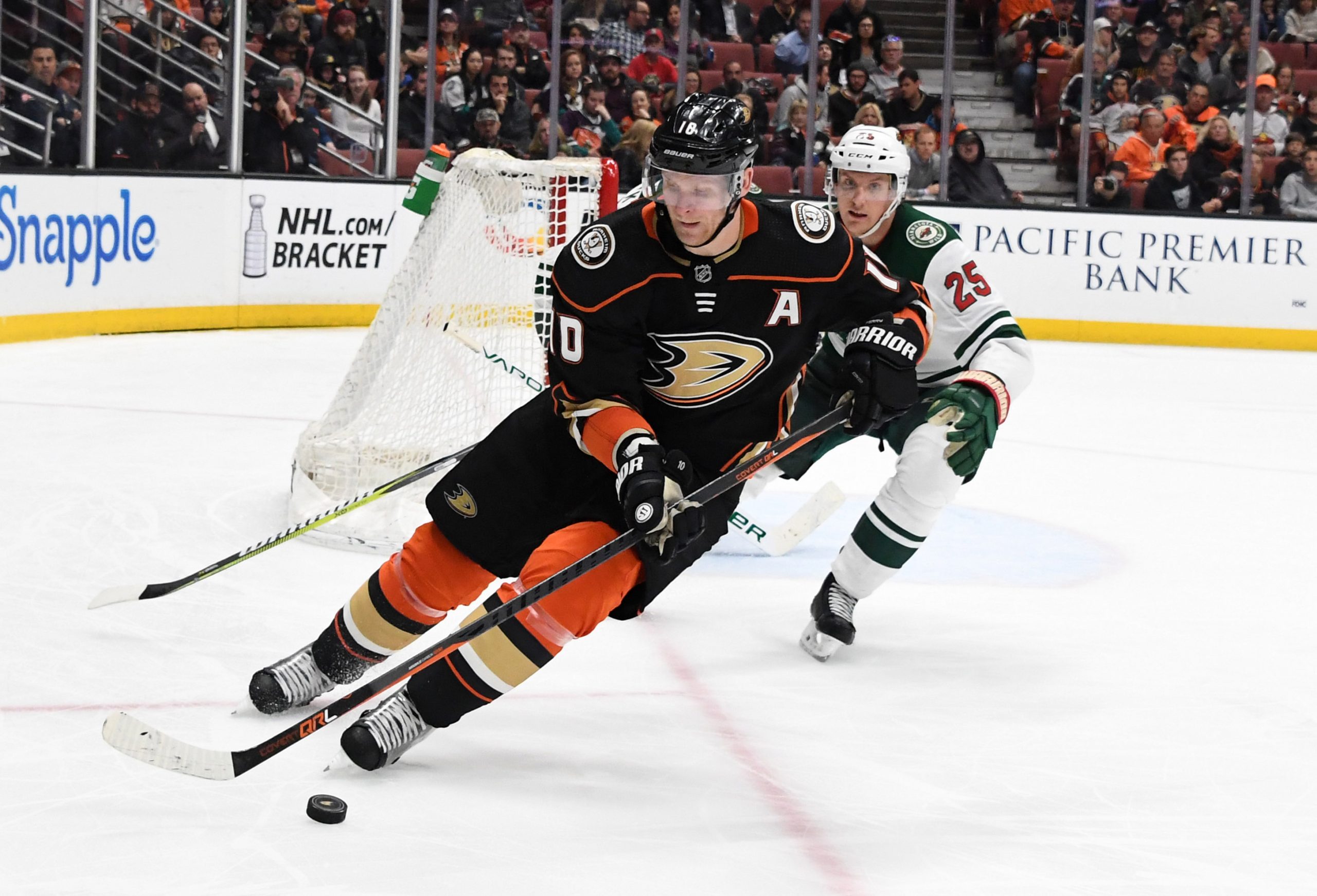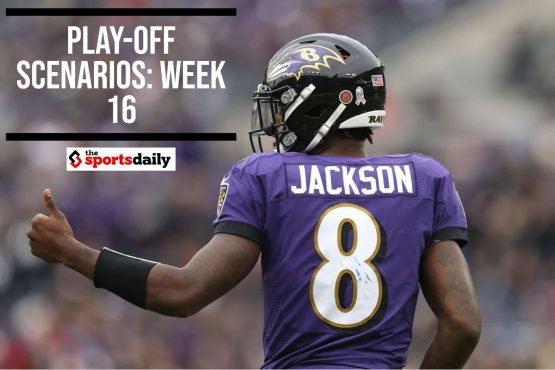Whether you or your child is getting started with hockey, you are going to need to know what hockey equipment you need to purchase. While there is a lot of equipment required, you should also know what type of hockey skates and other types of equipment is necessary and which one is more optional.
Even we were not even sure about what equipment you need to get started, and we consulted with the team at Hockey Homie for help. This is what they shared with us.
- Helmet: Let’s start with the most important protective piece. Every hockey league requires a helmet, but some require a cage while others do not. Helmets protect your head from indirect and direct hits and can help reduce the risk of concussion.
- Mouth Guard: A mouth guard will protect your teeth from being damaged during gameplay.
- Neck guard: This piece goes in between your helmet and your shoulder pads to cover your vulnerable neck.
- Shoulder Pads: Shoulder pads sit up on your shoulders, but cover your upper back and go down your arms a little bit, butting up to your elbow pads.
- Elbow Pads: Elbow pads fill in the space between your gloves and your shoulder pads, protecting your elbows from being bruised or even broken.
- Gloves: Gloves are one of the most personal equipment decisions that you will have to make. You will have to decide how you would like your gloves to fit in order to have the best grip on your hockey stick.
- Hockey Sticks: Hockey sticks are also a personal choice. They are bought based on your size, weight, and your position. You also need to consider the weight, flex, and material of the stick when you are choosing one.
- Shin Pads: Shin pads start right above the knee and go down, covering your knees and your shins. This will help prevent you from being hit in the leg and will make it less painful when you fall down.
- Hockey Socks: Hockey socks are an optional piece of equipment. In fact, some players opt to not even wear socks under their hockey skates. If you do opt for them, they are normally water wicking to prevent sweat from pooling and should be able to keep your feet from overheating.
- Hockey Skates: One of the most important pieces of equipment that you can buy, hockey skates are what make it possible for you to even play the game. You will need to choose skates based on your foot size, width, and your experience level. Advanced skaters will normally opt for a higher stiffness rating as compared to beginner skates. Your skates need to be snug, but not tight as your feet will swell as you skate.
- Hockey Bag: You might not even have considered it, but you need a hockey bag to carry all of your gear. The best bags will have ventilation that allows your equipment to dry when you are done playing, instead of them holding moisture and growing foul-smelling bacteria. Your bag should be able to hold all of your gear and be easy for you to carry or transport.
If you want to save some money, you might want to look into getting some of your equipment second hand. You cannot buy second hand helmets, because they might have some unforeseen damage that puts your head at risk of detrimental injury if you are hit during a game. You also should not buy your skates used. Most hockey skates are thermoformable, so they are heated and molded to fit an individual skater’s feet. They will never be able to fit another person’s feet comfortably.
The best thing you can do is check in with your team or league and find out what equipment they recommend and what equipment they require.
Add The Sports Daily to your Google News Feed!







